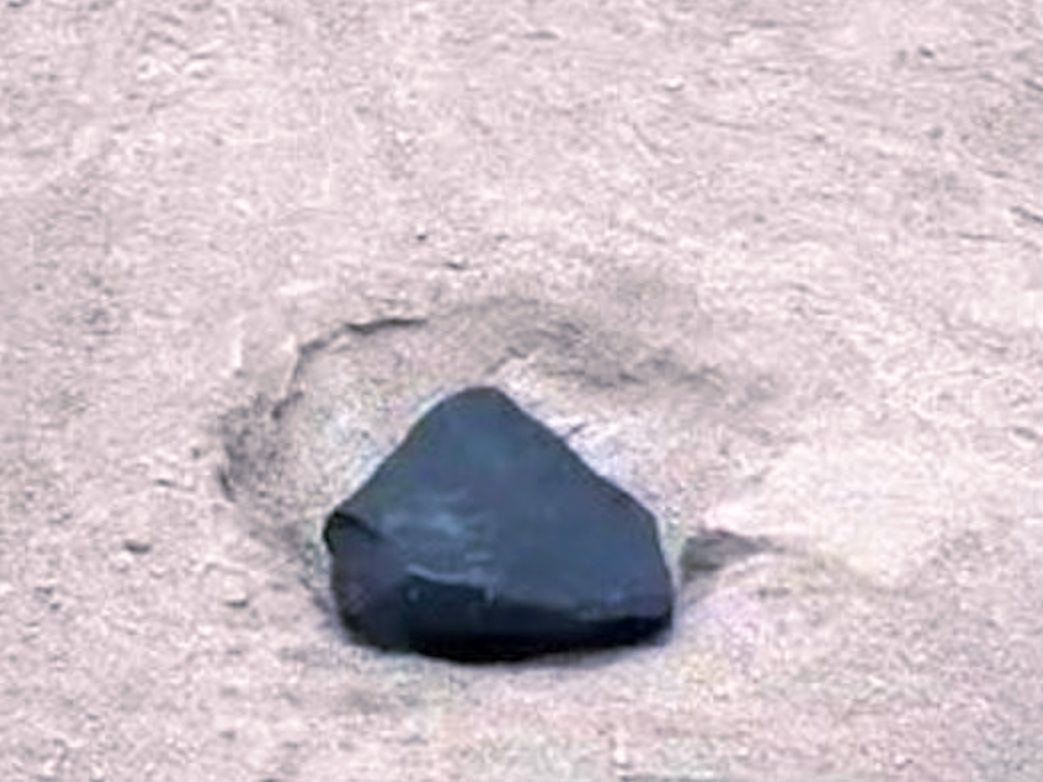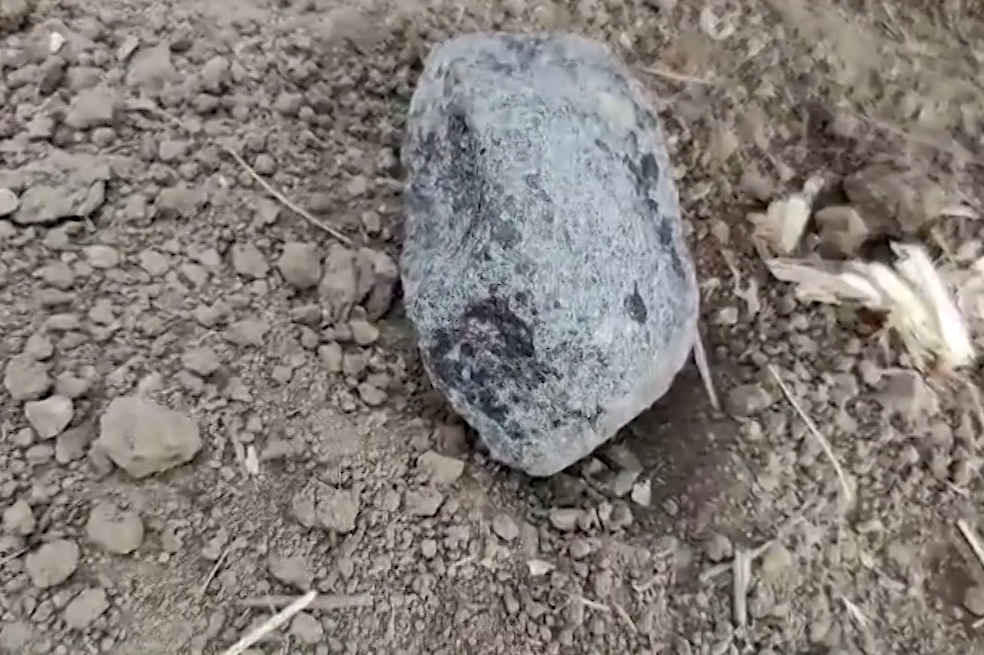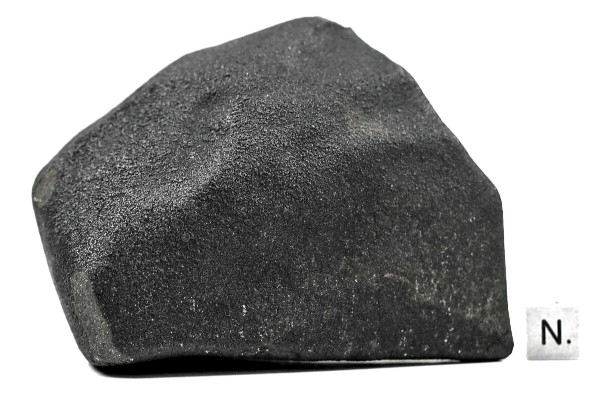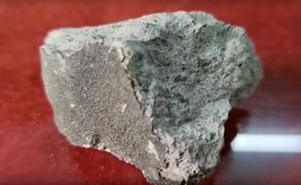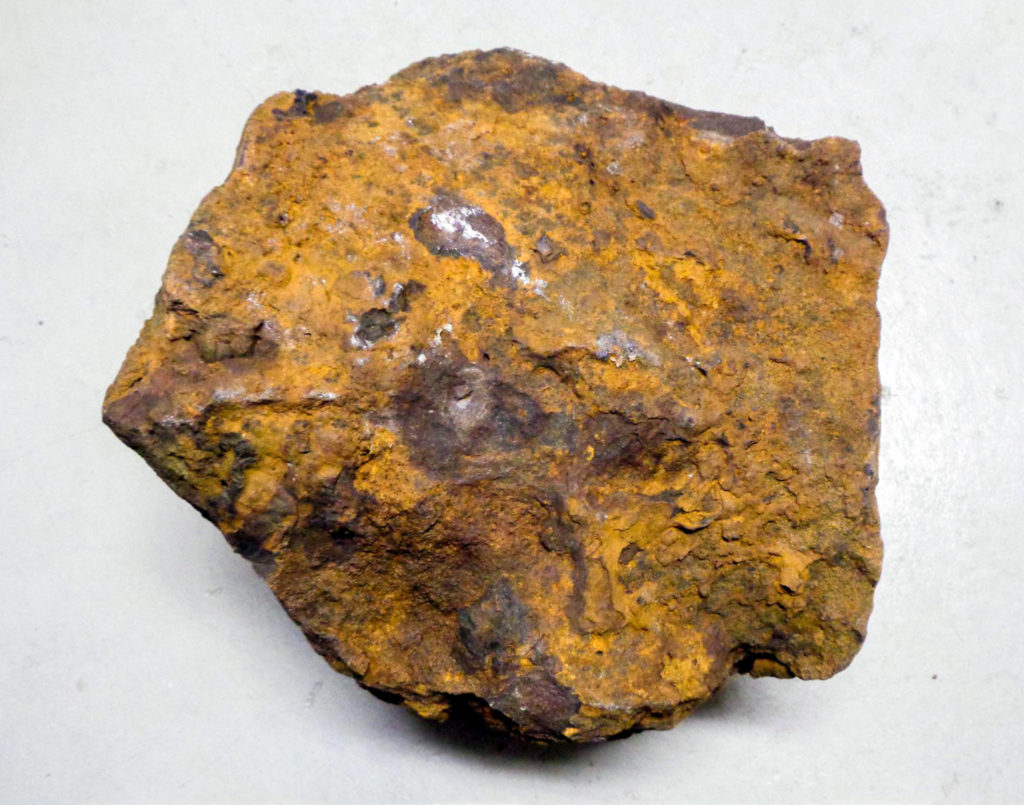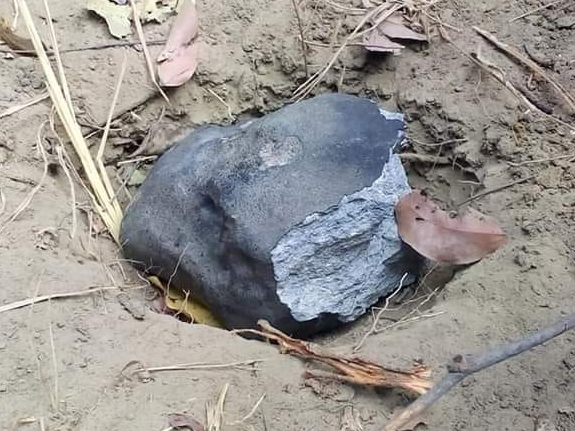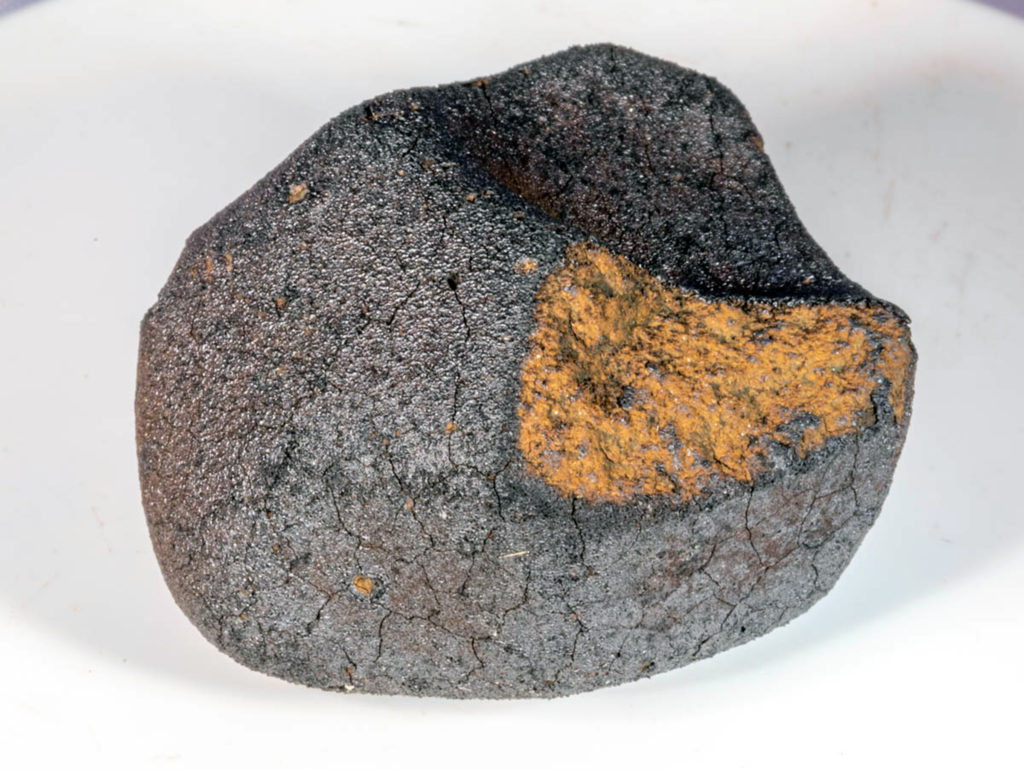A Method for Estimating Meteorite Fall Mass from Weather RADAR Data
· by karmaka · in meteor/meteoroid/bolide, meteorite, meteorite search & recovery, sightings & instrumental recordings
C. E. Laird, M. Fries, R. Matson
48th Lunar and Planetary Science Conference (2017), Abstract #2129
Related posts (automatically generated):
- Bolide fragment detection in Doppler weather radar data using artificial intelligence / machine learning
- AMSNEXRAD-Automated Detection of Meteorite Strewnfields in Doppler Weather Radar
- Towards the azimuthal characteristics of ionospheric and seismic effects of “Chelyabinsk” meteorite fall according to the data from coherent radar, GPS and seismic networks
- The spatial flux of Earth’s meteorite falls found via Antarctic dataOPEN ACCESS
- Successful Recovery of an Observed Meteorite Fall Using Drones and Machine LearningOPEN ACCESS
- Localizing The First Interstellar Meteor With Seismometer DataOPEN ACCESS
- EJBY – Eleven meteorites (H5/6, S2, 8982.4 g) found – Danekræ compensation paid – Fall on 6 February 2016 at 21:07:18-23 UTC in Ejby, Herlev, Glostrup, Rødovre, Vanløse, Sjælland, Denmark – Shattered meteorite main mass (6695.8 g) in Herlev – Finds in Ejby (58.8 g, 510.4 g, 437.7 g, 431 g, 350 g, 319 g, 38.5 g), Rødovre (58.5 g), Glostrup (64.6 g) and Vanløse (18.1 g) (UPDT: Jul 5, 2019)
- Bolide on the weather report 2 October 22:37 local time (2:37 UTC, 4:37 CEST), Montréal, Quebec, Canada
- Object classification on video data of meteors and meteor-like phenomena: algorithm and dataOPEN ACCESS
- Determination of strewn fields for meteorite fallsOPEN ACCESS

